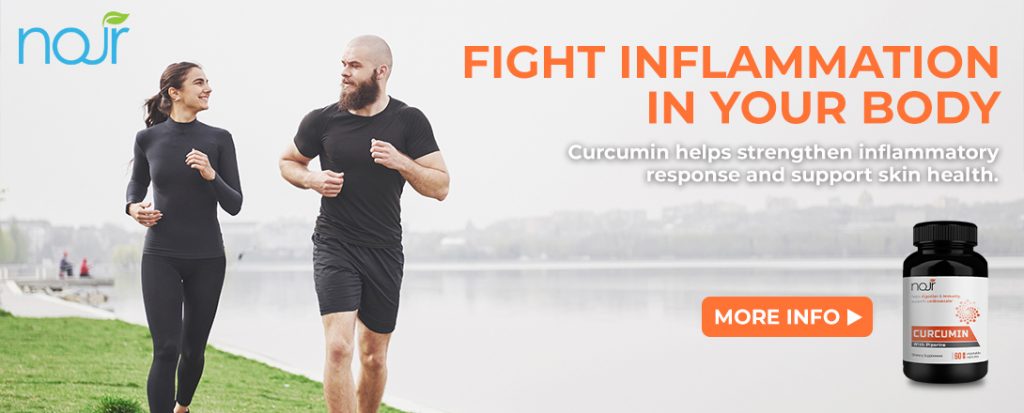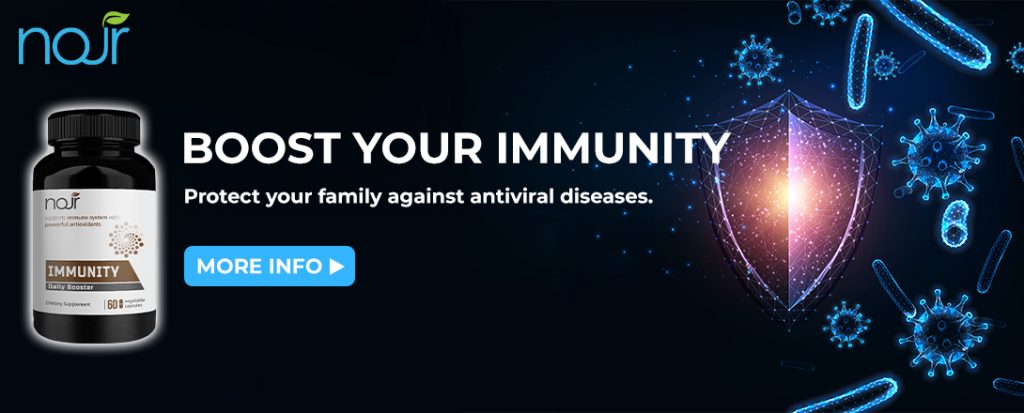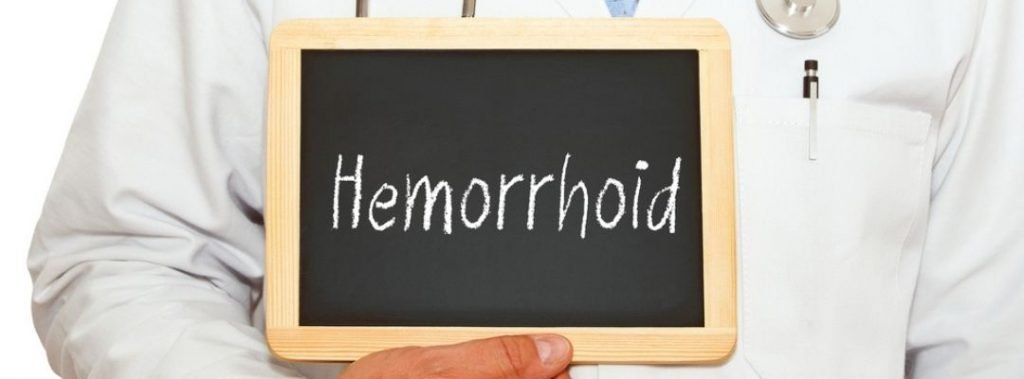Hemorrhoids are usually caused by increased pressure due to pregnancy, being overweight, or straining during bowel movements. By midlife, hemorrhoids often become an ongoing complaint. By age 50, about half the population has experienced one or more of the classic symptoms, which include rectal pain, itching, bleeding, and possibly prolapse (hemorrhoids that protrude through the anal canal). Although hemorrhoids are rarely dangerous, they can be a recurrent and painful intrusion. Fortunately, there’s a lot we can do about hemorrhoids.
What are hemorrhoids?
In one sense, everyone has hemorrhoids (or piles), the pillow-like clusters of veins that lie just beneath the mucous membranes lining the lowest part of the rectum and the anus. The condition most of us call hemorrhoids (or piles) develops when those veins become swollen and distended, like varicose veins in the legs. Because the blood vessels involved must continually battle gravity to get blood back up to the heart, some people believe hemorrhoids are part of the price we pay for being upright creatures.
There are two kinds of hemorrhoids: internal hemorrhoids, which occur in the lower rectum, and external hemorrhoids, which develop under the skin around the anus. External hemorrhoids are the most uncomfortable, because the overlying skin becomes irritated and erodes. If a blood clot forms inside an external hemorrhoid, the pain can be sudden and severe. You might feel or see a lump around the anus. The clot usually dissolves, leaving excess skin (a skin tag), which may itch or become irritated.
Internal hemorrhoids are typically painless, even when they produce bleeding. You might, for example, see bright red blood on the toilet paper or dripping into the toilet bowl. Internal hemorrhoids may also prolapse, or extend beyond the anus, causing several potential problems. When a hemorrhoid protrudes, it can collect small amounts of mucus and tiny stool particles that may cause an irritation called pruritus ani. Wiping constantly to try to relieve the itching can worsen the problem.
What causes hemorrhoids?
Traditionally, hemorrhoids are associated with chronic constipation, straining during bowel movements, and prolonged sitting on the toilet — all of which interfere with blood flow to and from the area, causing it to pool and enlarge the vessels. This also explains why hemorrhoids are common during pregnancy, when the enlarging uterus presses on the veins.
More recent studies show that patients with hemorrhoids tend to have a higher resting anal canal tone — that is, the smooth muscle of the anal canal tends to be tighter than average (even when not straining). Constipation adds to these troubles, because straining during a bowel movement increases pressure in the anal canal and pushes the hemorrhoids against the sphincter muscle. Finally, the connective tissues that support and hold hemorrhoids in place can weaken with age, causing hemorrhoids to bulge and prolapse.

What are the symptoms of hemorrhoids?
Internal hemorrhoids rarely cause pain (and typically can’t be felt) unless they prolapse. Many people with internal hemorrhoids don’t know they have them because they don’t have symptoms.
If you have symptoms of internal hemorrhoids, you might see blood on toilet paper, in stool or the toilet bowl. These are signs of rectal bleeding.
Signs of external hemorrhoids include:
- Itchy anus.
- Hard lumps near the anus that feel sore or tender.
- Pain or ache in the anus, especially when you sit.
- Rectal bleeding.
Prolapsed hemorrhoids can be painful and uncomfortable. You may be able to feel them bulging outside the anus and gently push them back inside.
What are the complications of hemorrhoids?
Hemorrhoids can be uncomfortable and painful, but they don’t tend to cause serious problems. Rarely, people with hemorrhoids develop:
- Anemia.
- Blood clots in external hemorrhoids.
- Infection.
- Skin tags (flap of tissue that hangs off skin).
- Strangulated hemorrhoids (muscles in the anus cut off blood flow to a prolapsed internal hemorrhoid).
How can I treat hemorrhoids at home?
Hemorrhoids often go away on their own without treatment. Symptoms like pain and bleeding may last one week or slightly longer. In the meantime, you can take these steps to ease symptoms:
- Apply over-the-counter medications containing lidocaine, witch hazel or hydrocortisone to the affected area.
- Drink more water.
- Increase fiber intake through diet and supplements. Try to obtain at least 20-35 grams of daily fiber intake
- Soak in a warm bath (sitz bath) for 10 to 20 minutes a day.
- Soften stool by taking laxatives.
- Take nonsteroidal anti-inflammatory drugs (NSAIDs) for pain and inflammation.
- Use toilet paper with lotion or flushable wet wipes to gently pat and clean your bottom after pooping. You can also use a tissue or washcloth moistened with water. (Discard wipes in the trash, not by flushing. Launder washcloths separately in hot water to avoid spreading infections often found in poop.)


